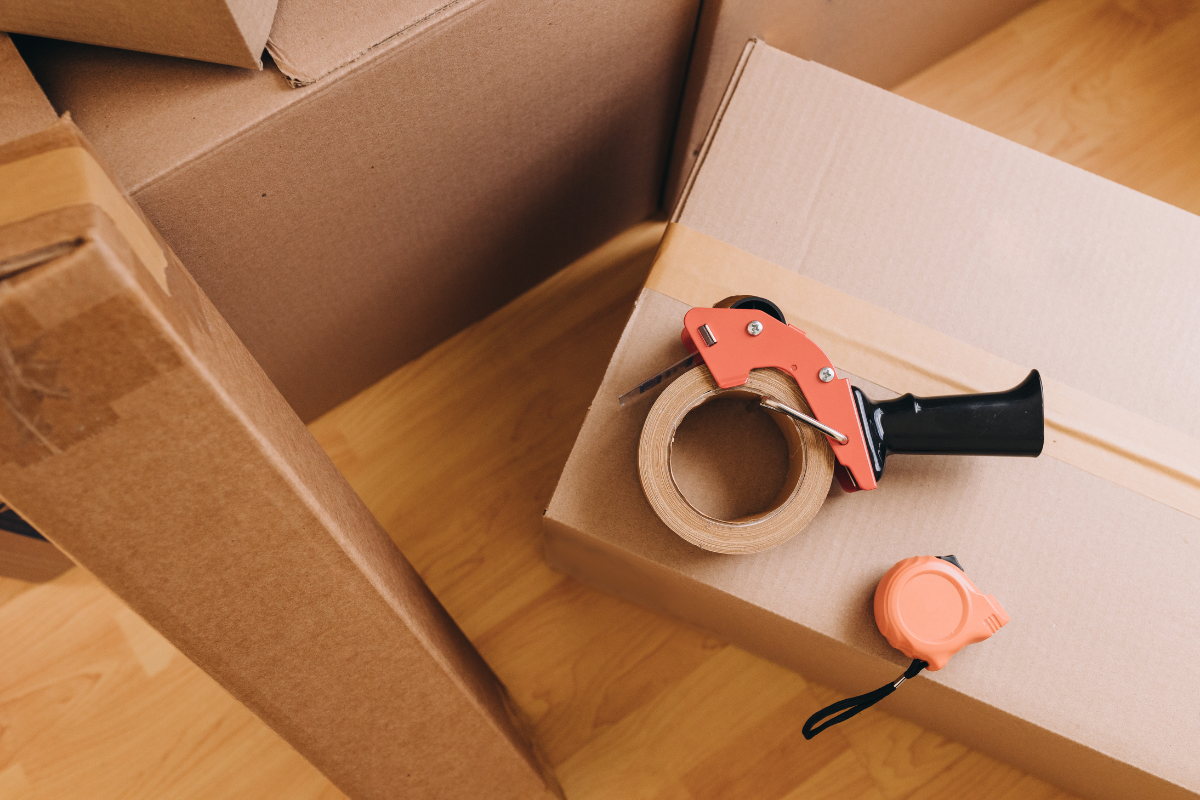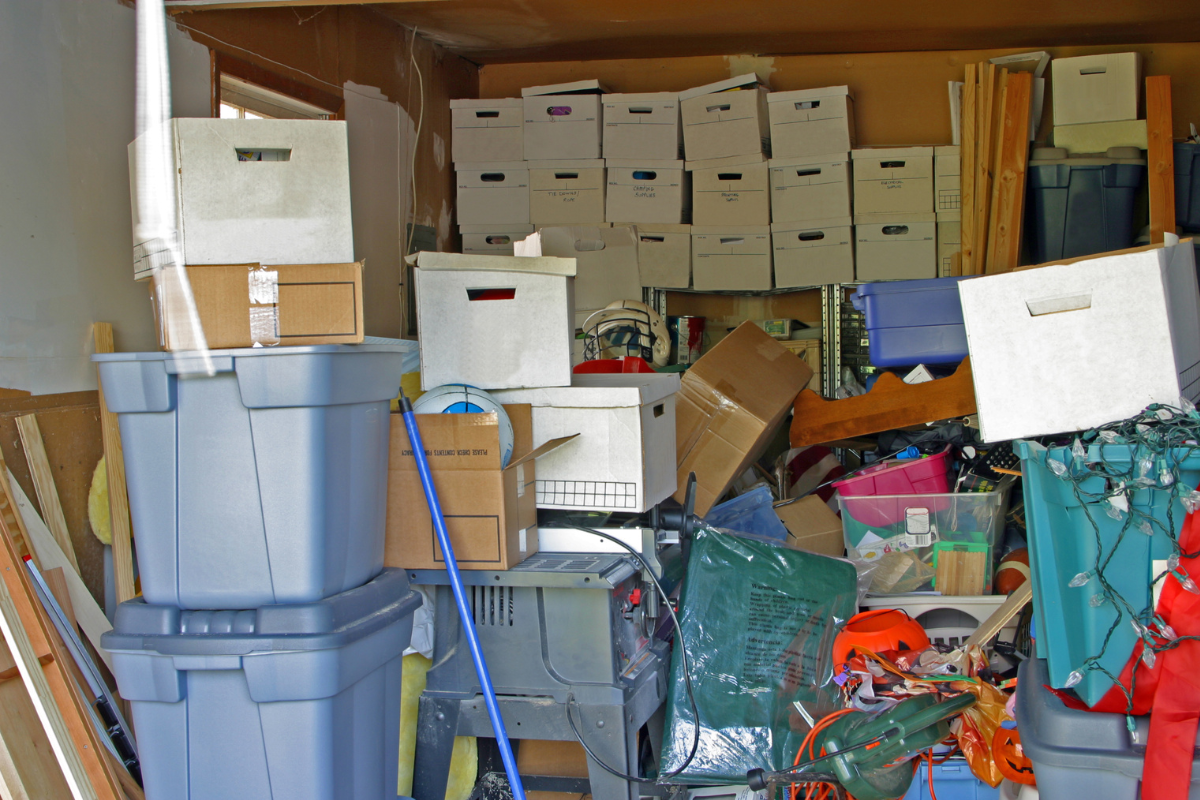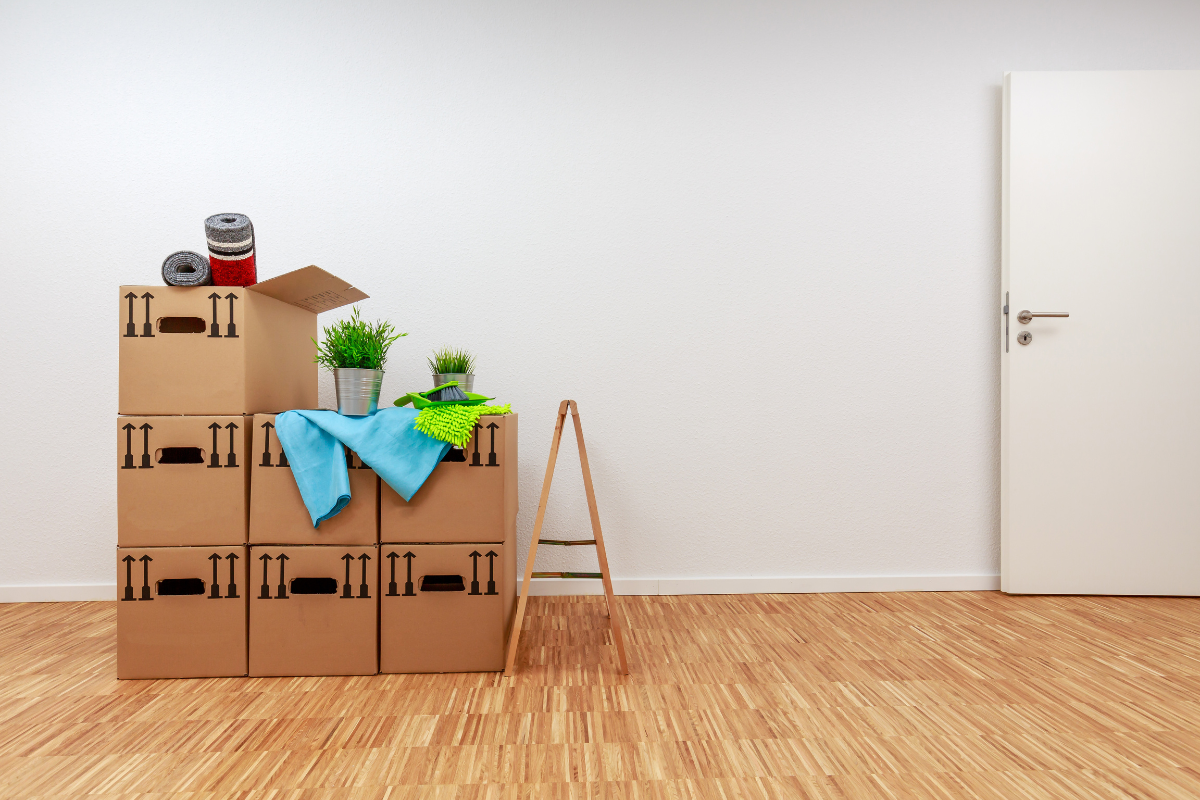Post Disclaimer: This blog reflects the author's personal experience with end-of-life matters and is provided in good faith for informational purposes only. While we aim to provide clear guidance on hard-to-find topics, this content is not legal advice and your use is at your own risk. Estate planning and end-of-life laws vary by location, so please consult your state's laws and seek guidance from a licensed attorney for your specific situation. We make no warranty about the accuracy or completeness of this information, which does not replace professional legal counsel. For more information, please see our full disclaimer.
Sorting through a deceased loved one's belongings can feel impossible when emotions run high.
It's a time of reflection but also a time for making choices that honor memories while moving forward.
Family members often face the challenge of deciding what to keep and what to let go while managing estate responsibilities.
It's more than just a practical task; it's an emotional journey.
Resources like an estate asset inventory can help bring a sense of order to this difficult process.
With patience and thoughtful approaches, the task can offer comfort as well as closure.

Understanding the Emotional Impact of Decluttering
Decluttering can be much more than just clearing out physical space; it's a journey through personal history and emotional connections.
Each item, from a favorite mug to a forgotten photo, can bring back a flood of memories, reminding us of places we've been and people we've loved.
This process isn't just about tidying up; it's about confronting feelings that belongings can stir up, making it a deeply emotional experience for many.
Grieving and Letting Go
Grief often unexpectedly envelops us as we sort through a loved one's things, each object serving as a tangible connection to them.
Letting go can feel like you're erasing their presence from your life.
This sense of loss isn't just about the physical items, but the memories tied to them.
When making decisions about what to keep, you may find yourself wrestling with guilt. Shouldn't you hold on to everything?
Approaching this with patience and acknowledging the grief can help ease the emotional burden.
Grieving while decluttering is normal and is usually interwoven with every decision, as discussed in The Many Mental Benefits of Decluttering.
Recognizing Sentimental Value
How do you separate items with genuine sentimental value from those that merely accumulate over time?
It's essential to identify objects that truly represent important parts of your loved one's life.
Think about what brings a smile or offers comfort.
Is it that hand-knitted scarf from childhood or every single holiday card from Aunt Mary?
Focus on keeping pieces that evoke the strongest connections or fond memories.
This approach not only helps in preserving the heartwarming memorabilia but also in living easier with less clutter.
This reflection aligns with insights shared by Hackensack Meridian Health, which emphasizes the mental wellness associated with thoughtful decluttering.
Uncluttering doesn't just organize physical spaces; it streamlines our emotional worlds.
By navigating these emotions with purpose and care, the journey through decluttering can transform and ground us.

Practical Steps to Begin Sorting Belongings
Tackling the process of sorting through a loved one's belongings requires a thoughtful and strategic approach.
While the task may seem monumental, following a detailed plan can ease the emotional and physical burden.
Let's break down practical steps to begin this journey to help ensure that cherished memories and items are handled with care.
Creating a Sorting Plan
Having a well-structured sorting plan acts as the backbone of this process.
It's essential to establish clear categories for each item: keep, donate, sell, and discard.
This method creates a compass to guide you through emotional decisions, making each step purposeful.
- Keep: Identify items with emotional or practical value.
- Donate: Consider donating items that could positively impact others.
- Sell: Items of monetary value could generate funds for expenses.
- Discard: Rid your space of items that no longer serve a purpose or are damaged.
By implementing this system, you're setting the stage for an organized and empathetic process.
For more detailed guidance, you might find "A 5-Step Process for Organizing Any Space" here invaluable.
Involving Family Members
Family involvement enriches the decision-making process and builds a shared experience that honors the loved one.
Encourage conversations about which items hold special meaning for each member.
Recognizing different perspectives can lead to delightful discoveries about your loved one's life and strengthen familial bonds.
Would Grandma's recipe box mean the world to your sibling? E
ngage in these dialogues to ensure supportive and mindful choices.
Documenting Important Items
As you sort, documenting significant items and your decisions about them is crucial.
This record serves as both a memory book and a practical guide for future reference.
Use a digital spreadsheet or a handwritten journal to note down vital details such as the item's history, its sentimental value, and the chosen action.
Creating this archive can offer peace of mind, knowing that nothing slips through the cracks.
For handling these details during sensitive times, you may refer to the "Death of a Family Member Checklist: First 24 Hours Guide" for complementary resources.
Taking deliberate steps in sorting belongings isn't just about organization; it's a labor of love that gives new life to old memories while making space for healing and moving forward.

Handling Difficult Decisions
Sorting through belongings is not just about dealing with the clutter; it's also about making tough decisions that tug at your emotions.
How do you decide which items carry enough significance to keep, and which ones are okay to let go?
It might feel overwhelming but using clear strategies can help make this heart-wrenching task just a bit more manageable.
The 'One Year' Rule
A practical guideline often used in decluttering is the 'one year' rule.
What is the 'one year' rule, and how can it help you?
Simply put, if you haven't used or needed the item in the past year, it might be time to let it go.
This approach is not just logical—it simplifies decision-making by providing a clear criterion.
As you pick up an item, ask yourself: "Has anyone used this within the last year?"
If the answer is no, it's a good candidate for donation or sale.
This method can reduce emotional overthinking and bring clarity to the process.
It's not about discarding memories but about choosing the memories that carry you forward.
Seeking Professional Help
When should you seek professional help in sorting through belongings?
It might be beneficial to involve a professional organizer if you find yourself stuck or the task is too overwhelming.
These experts can provide objective support and systems that ease the burden.
An estate planner can also be invaluable, especially when dealing with legal and financial matters.
They can help simplify overwhelming decisions and offer advice tailored to your situation.
Often, their expertise can save time and reduce the stress associated with managing an estate.
Tools like an executor's legal responsibilities guide can provide handy insights into roles and necessary steps during estate management.
Additionally, learning effective strategies for tackling tough decisions can be more comprehensively explored in resources that offer beneficial techniques.
Whether it's setting emotional boundaries with self-guiding systems like the 'one year' rule or calling in the experts, these strategies arm you with the support needed to make thoughtful, informed decisions.

After Sorting: Next Steps
Once you've navigated the emotional journey of sorting through a loved one's belongings, the next logical step involves deciding how to manage what remains.
These decisions play a crucial role in both honoring your loved one's memory and ensuring their estate is handled responsibly.
Disposing of Unwanted Items Responsibly
It's inevitable that you'll encounter items that are no longer needed or wanted.
But throwing them into the trash without a second thought? That might not sit well with everyone.
Fortunately, there are responsible avenues to consider:
- Donation: Giving items a second life through donation can help those in need and bring a sense of purpose and goodwill. Charitable organizations and thrift stores like Goodwill, Salvation Army, and Habitat for Humanity are often grateful for clothes, furniture, and household goods in good condition. For those interested in sustainability, look for local ways to responsibly dispose of unwanted items which detail options and locations that recycle or upcycle these materials.
- Recycling: Separation of recyclable materials is equally crucial. Electronics, metals, and plastics might find better ends at recycling centers. Check local resources or city websites for programs and guidelines that simplify the recycling process. Households must seek appropriate disposal arrangements at hazardous waste events which are organized to take care of items not fit for regular recycling.
- Safe Disposal: Certain items require safe and regulated disposal, particularly those hazardous to the environment. For assistance, sites like This Old House provide valuable advice on distinguishing these materials and handling them properly.
Exploring these options ensures you honor the environment and community while thoughtfully processing what no longer serves you.
Storing Important Documents
Amidst tangible items, crucial paperwork should not be overlooked.
Properly storing important documents is essential for estate administration and future reference.
- Secure and Accessible Storage: Start by selecting a storage solution that's both safe and accessible. Consider a fire-proof and water-resistant safe for ultimate protection. This setup not only safeguards but also provides ease of retrieval during critical moments.
- Filing and Organization System: Initiating a filing system can vastly simplify organization efforts. Organizing estate documents with color-coded folders or clear labels streamlines retrieval and clarity.
- Offsite Options: Some choose to store estate-related documents like wills and trust papers with an attorney or a fiduciary service for an additional layer of security and can offer peace of mind against unforeseen calamities. Online storage options can complement physical storage, serving as a digital backup ensuring safety against loss.
For resources on effectively organizing pivotal estate documents, this guide explores broad aspects worth considering.
Managing this part of the process with care assures legal and personal affairs remain in good order, solidifying peace and continuity for the family.

Finding Peace in the Process
Sorting through the belongings of a loved one gracefully mixes practicality with emotion.
There's an opportunity to distribute memories and often holds tangible memories linked closely to their lives.
In embracing this process, it's vital we seek tranquility amid the tough decisions.
Creating a Memory Space
Establishing a designated space for your loved one's cherished mementos offers a special place to reflect and honor their memory.
This initiative can be quite comforting for those moving through grief.
Why not indulge in this ritual by setting aside a corner of your home or a space on a shelf?
Arrange frames, letters, or any other significant items so they can still share your personal space.
Consider consulting grief resources to enrich your understanding of preserving them while dealing with grief.
Developing this memory space allows for a controlled and respectful environment to help promote closure.
Embracing New Beginnings
Letting go paves the way for fresh starts and personal growth.
It’s not about forgetting, but about creating space for new opportunities and connections.
As you release some items, think about how this provides the chance to fill those emotional spaces with something new and positive.
Isn't the very nature of life a journey of continuous renewal?
As you transition through these stages, lean into thoughts of positivity as suggested by experts who champion personal growth through mindfulness practices.
With each choice you make in these affirmative steps, you may find new comforts in the journey.

Wrap-up: Sorting Through a Loved Ones Belongings
Tackling the task of decluttering brings both emotional and practical challenges.
By employing clear strategies like creating sorting plans and calling on family support, it becomes a manageable and even healing process.
Remember, items carrying sentimental value should be chosen carefully, preserving those that truly resonate.
Recognizing when to seek professional help can also ease the burden substantially.
Encourage yourself to step through sorting with compassion, allowing memories to guide your decisions.
For more support, explore Building Your Grief Support Network to help guide and bolster this journey.
By approaching this emotional task with care, it offers a chance to honor your loved one and begin the journey toward peace.
Check out the Up & Doing glossary page for an alphabetical listing of key terms related to estate administration, funeral planning, and other end-of-life topics.




